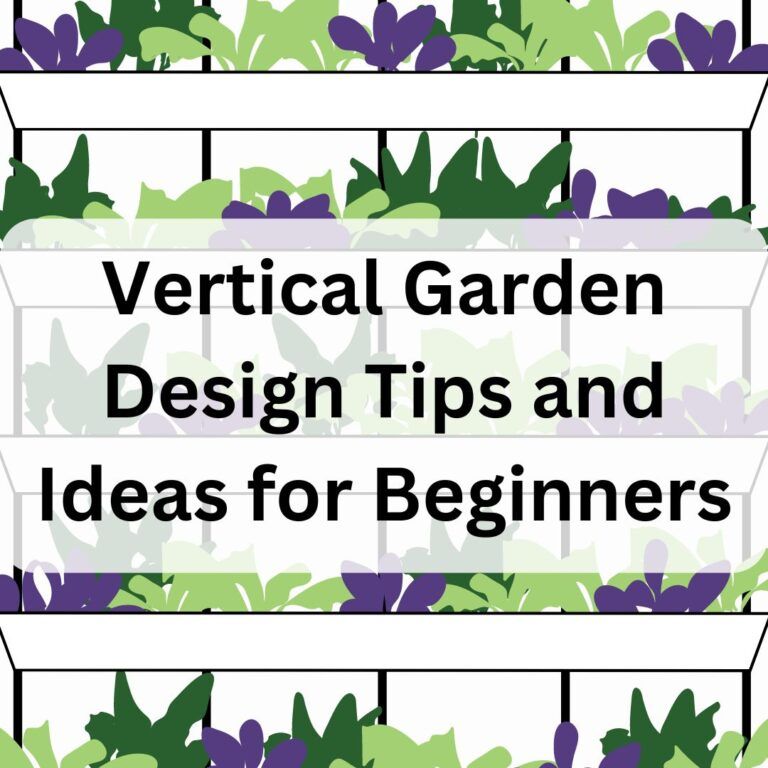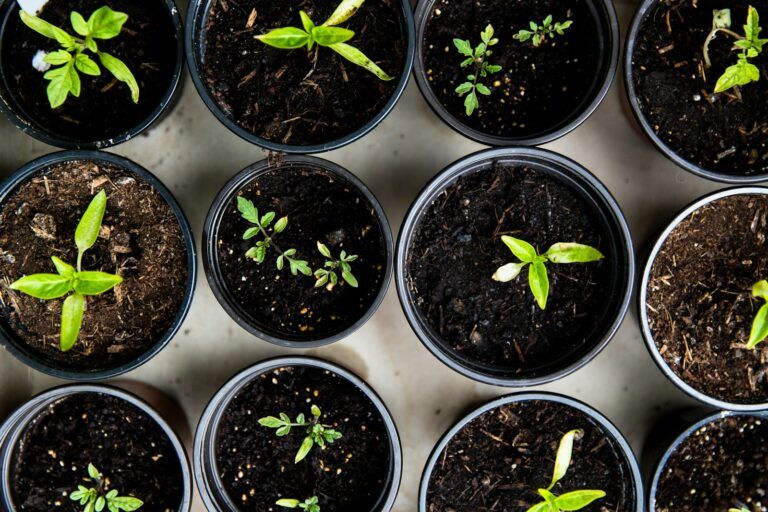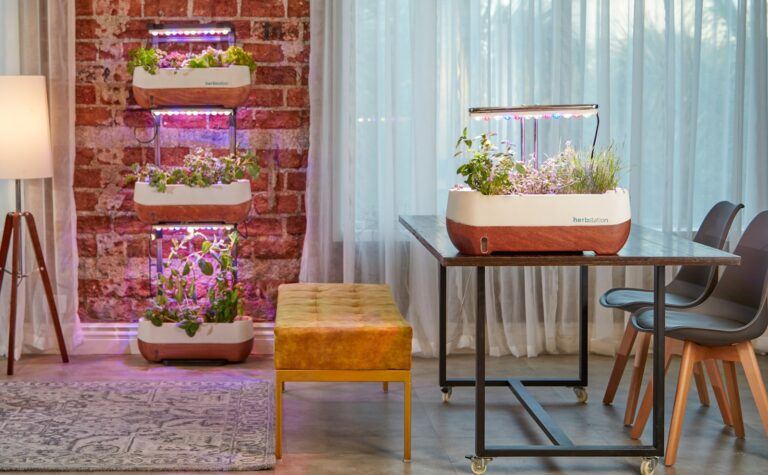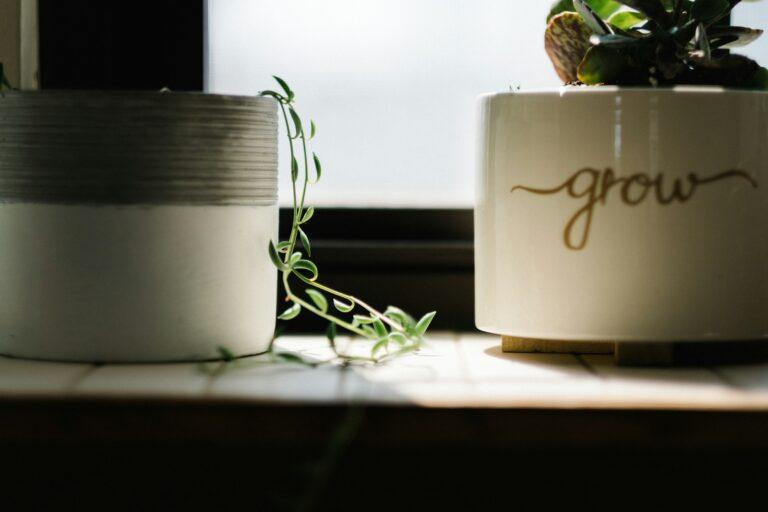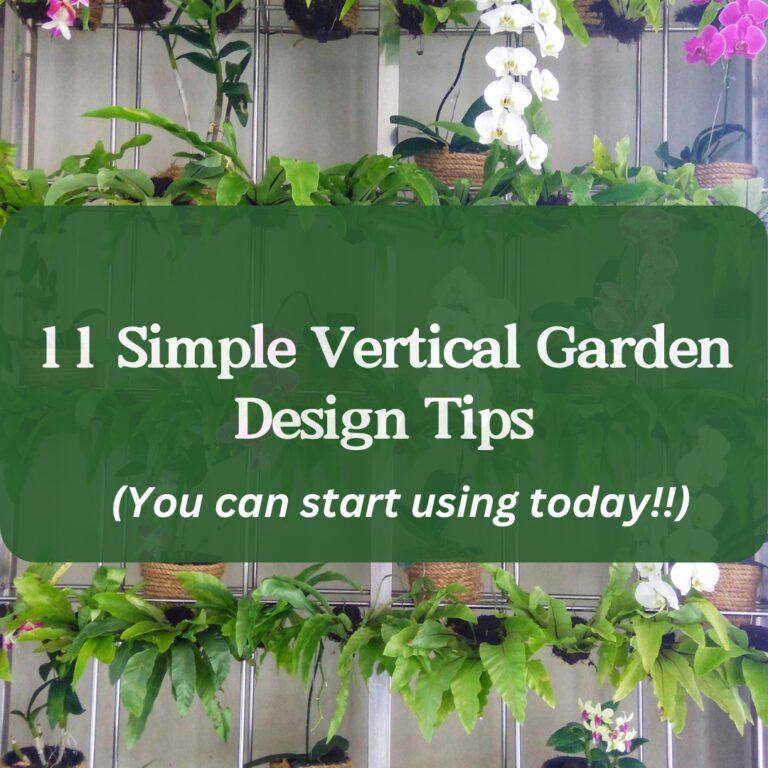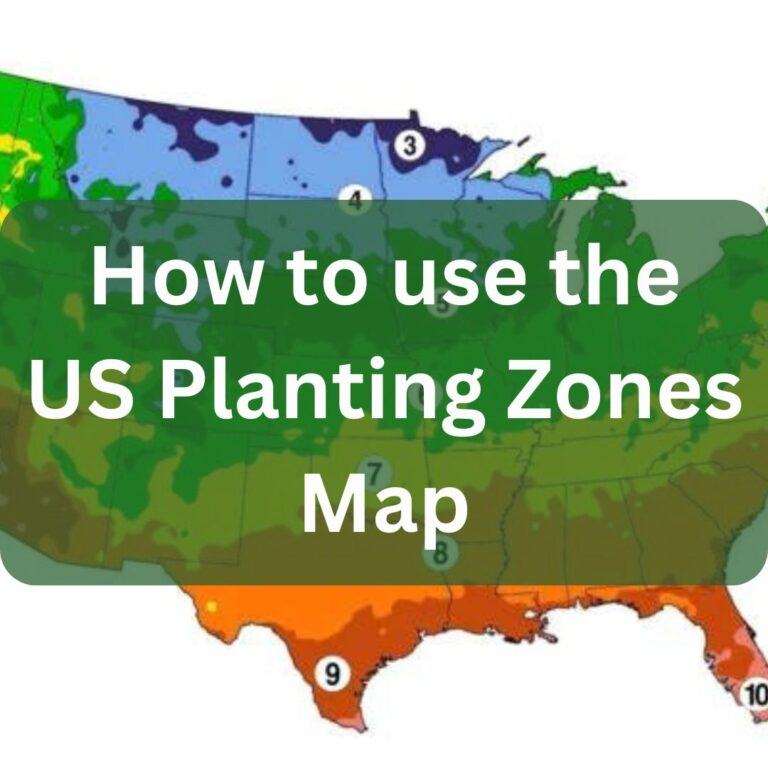Best Plants For A Vertical Garden: A Beginners Guide
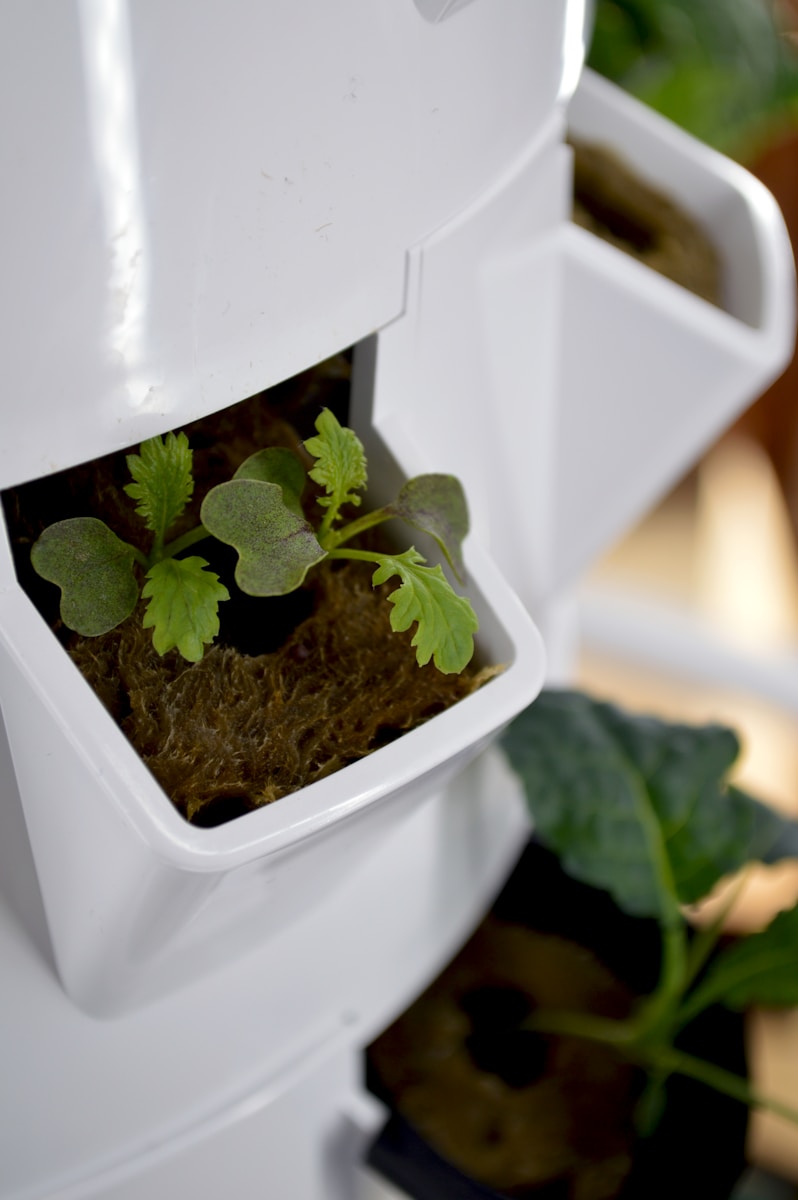
Vertical gardens are a beautiful and space-saving way to bring nature into your living spaces. By using vertical surfaces to grow plants, you can create a lush and vibrant oasis, even in small areas. However, choosing the right plants for your vertical garden is crucial for its success. In this blog post, we’ll guide you through the process of selecting the best plants, exploring different planter options, and providing tips for maintaining your vertical garden.
Vertical gardens are a game changer for greening up urban spaces or adding a lush element to smaller living areas. Picture a living tapestry of plants cascading down your wall, turning a once bland space into a vibrant slice of nature.
Why Vertical Gardens?
Beyond saving space, vertical gardens present a creative solution to urban environmental concerns, improve air quality, and can even boost your well-being. It’s all about bringing the outdoors in where floor space is at a premium.
Types of Plants Suitable for Vertical Gardens
When selecting plants for your vertical garden, consider their growth habits and space requirements. Here are some popular choices:
Trailing/Vining Plants
These plants naturally cascade down, making them perfect for vertical gardens:
– Ivy
– Strawberries
– Pumpkins
– Cucumbers
Compact Plants
Smaller plants with a tidy growth habit are ideal for vertical gardens:
– Herbs (Basil, Thyme, Rosemary)
– Lettuce
– Spinach
Flowering Plants
Add a pop of color to your vertical garden with these blooming beauties:
– Petunias
– Fuchsias
– Begonias
– Geraniums
Vegetables for Vertical Gardens
Growing your own vegetables in a vertical garden is both practical and rewarding. Here are some great options:
Vine Crops
– Tomatoes
– Peas
– Beans
Root Vegetables
– Carrots
– Radishes
– Beets
Leafy Greens
– Lettuce
– Kale
– Swiss Chard
Herbs for Vertical Gardens
Fresh herbs add flavor and aroma to your meals, and they’re easy to grow in a vertical garden.
Popular Culinary Herbs
– Basil
– Thyme
– Rosemary
– Mint
Medicinal Herbs
– Lavender
– Chamomile
– Echinacea
Fruit Options for Vertical Gardens
While fruit trees may not be the first choice for vertical gardens, there are a few options worth considering:
– Strawberries
– Dwarf Fruit Trees (Lemons, Limes, Oranges)
– Grapes
Assessing Your Vertical Garden Space
Before choosing plants, you’ll need to evaluate your space’s light conditions, determine the available area, and understand your climate. These factors will direct you to the types of plants that will thrive in your vertical garden.
Light Conditions
- South-facing walls get a lot of sunshine, making them suitable for sun-loving plants.
- North-facing areas may need shade-tolerant varieties.
- Observe your space at different times of the day to assess the light conditions.
Support Structure
- The strength and material of your vertical structure will dictate the kind of plants you can support.
- Hefty plants need sturdier frames, while delicate climbers can make do with lighter, more flexible supports.
Climate
- Choose plants that are well-suited to your local weather patterns and seasonal highs and lows.
- This ensures longevity for your green oasis.
Root Systems
- Go for plants with non-invasive roots that won’t cause damage or require constant trimming, as there isn’t much space for roots to spread out in a vertical garden.
Types of Vertical Planters
Once you’ve chosen your plants, it’s time to select the right vertical planter. Here are some popular options:
Wall-mounted Planters
These planters attach directly to a wall or fence, creating a living wall of greenery.
Hanging Planters
Ideal for smaller spaces, hanging planters can be suspended from ceilings, balconies, or even trees.
Vertical Garden Systems
These systems are designed specifically for vertical gardening and come in various styles, such as hydroponic systems or felt pockets.
Environments for Vertical Gardens
Vertical gardens can thrive in both indoor and outdoor environments, but it’s essential to consider the specific needs of your plants.
Indoors
Sunrooms, kitchens, and living rooms are great spots for indoor vertical gardens, but ensure your plants receive adequate light.
Outdoors
Patios, balconies, and exterior walls are perfect for outdoor vertical gardens, but be mindful of sun exposure, wind, and temperature fluctuations.
Selecting Plants Based on Functionality and Aesthetics
When choosing plants, consider both functionality and aesthetics.
Edible Plants
- For growing herbs or vegetables, opt for edible plants like basil, parsley, cherry tomatoes, peas, and beans that can thrive in your conditions.
Ornamental Plants
- For a visually striking garden, choose flowering plants like begonias and fuchsias for color, or plants with interesting textures and leaf patterns like ferns or ivy.
Visual Interest
- Incorporate various shades of green and variegated foliage.
- The play of light through different textures can make your garden come alive.
Ecological Aspect
- Include flowering plants like lavender or salvia to attract pollinators like bees and butterflies, supporting local wildlife.
Considerations
When choosing an environment for your vertical garden, consider factors like light, temperature, and humidity to ensure your plants flourish.
Maintenance Tips
To keep your vertical garden looking its best, follow these maintenance tips:
Watering
Vertical gardens can dry out quickly, so ensure your plants receive enough water. Consider using a drip irrigation system or self-watering planters to simplify the process.
Fertilizing
Provide your plants with the necessary nutrients by fertilizing them regularly with a balanced fertilizer or compost tea.
Pruning
Regular pruning helps maintain the shape and health of your plants while encouraging new growth.
Soil Nutrition
- Regularly check the soil for nutrient levels and use fertilizers according to your plants’ needs.
- Most plants thrive in slightly acidic to neutral soil with a pH of 6 to 7.
Pruning
- Pruning removes dead or yellowing leaves and spent flowers, promoting healthy growth.
- Train climbing plants to grow in the right direction.
Pest Management
- Integrated pest management, combining physical barriers like netting with organic pesticides, can protect your plants without harsh chemicals.
Troubleshooting Common Vertical Garden Issues
Don’t worry if you encounter problems; it’s often a learning curve that can lead to greater success.
Light Issues
- Inadequate light or overexposure may require shuffling plants or adding shade cloth or grow lights.
Water Drainage Issues
- Symptoms of root rot may mean adjusting the watering schedule, switching to a better-draining soil mix, or installing a more efficient irrigation system.
Underperforming Plants
- Remove underperforming plants to make room for new ones that might be a better fit.
- Your vertical garden is a dynamic canvas; don’t hesitate to make changes until you find your masterpiece.
Key Takeaways
– Choose plants based on their growth habits, space requirements, and your desired aesthetic.
– Consider vertical garden systems, wall-mounted planters, or hanging planters for your setup.
– Provide the right environment for your plants, considering factors like light, temperature, and humidity.
– Maintain your vertical garden by watering, fertilizing, and pruning regularly.
FAQs
Can I grow fruit trees in a vertical garden?
While large fruit trees may not be suitable, you can grow dwarf varieties or vining fruits like strawberries and grapes in a vertical garden.
How often should I water my vertical garden?
The frequency of watering depends on factors like plant types, planter materials, and environmental conditions. As a general rule, check your plants daily and water when the soil feels dry to the touch.
Can I grow vegetables and herbs together in a vertical garden?
Yes, you can grow a combination of vegetables, herbs, and even flowers in your vertical garden. Just ensure they have similar light and water requirements.
With the right plants, planters, and maintenance routine, you can create a thriving vertical garden that adds beauty, freshness, and a touch of nature to your living spaces. Happy gardening!
